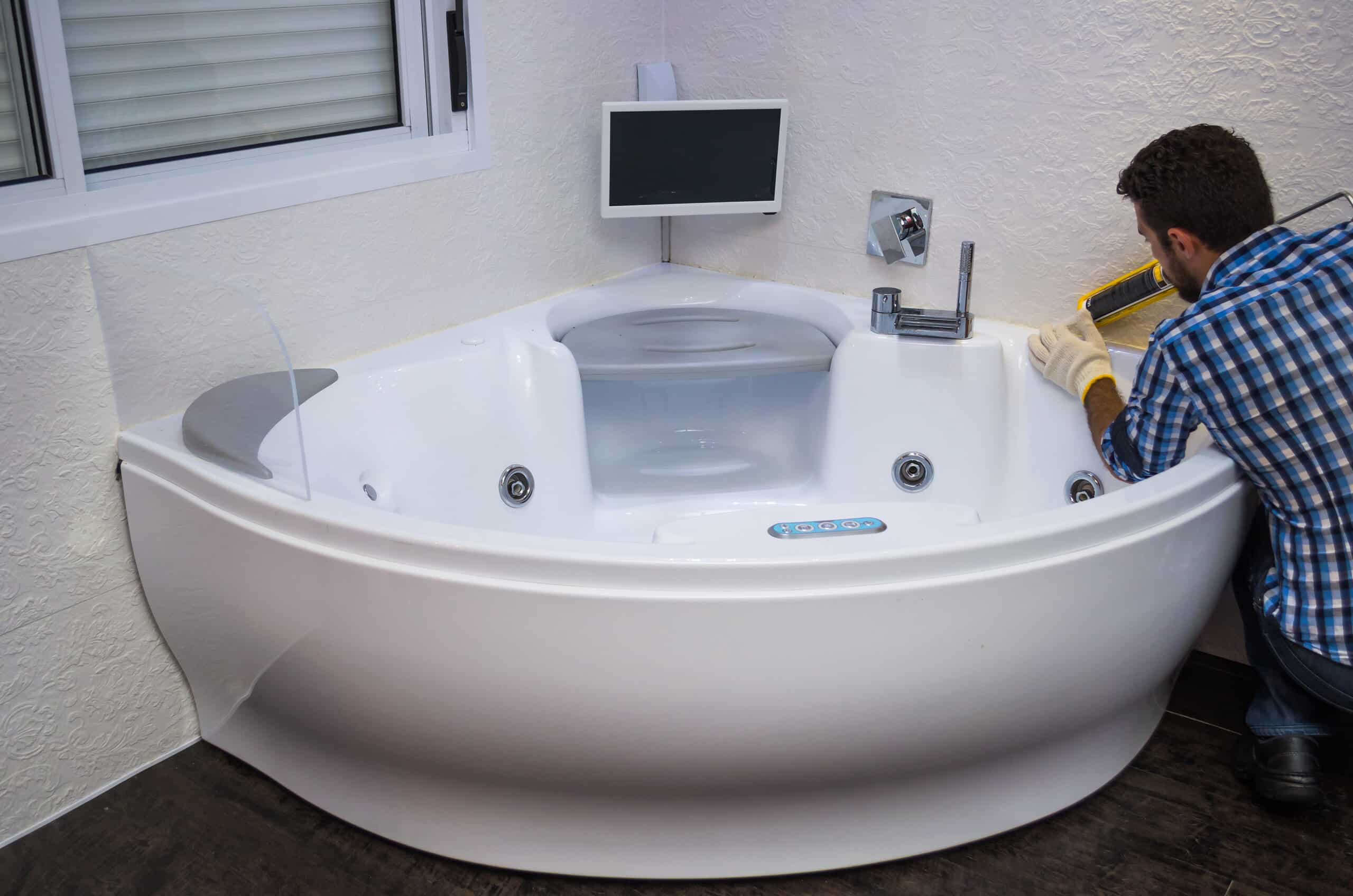Understanding Physiotherapy Near Me
Definition and Importance
Physiotherapy, also known as physical therapy, is a healthcare discipline focused on restoring and maximizing movement and function in individuals. It encompasses a wide range of practices aimed at preventing, diagnosing, and treating physical impairments, disabilities, and pain caused by injuries, chronic conditions, or post-surgery recovery. The importance of physiotherapy cannot be overstated – it plays a critical role in helping individuals regain mobility, manage pain effectively, and improve their overall quality of life.
With the increasing incidence of musculoskeletal disorders, sports injuries, and the demands of modern life, finding physiotherapy near me has become vital for many. Accessing local services not only fosters convenience but also encourages adherence to treatment plans due to better engagement and support opportunities.
Types of Physiotherapy Services
Physiotherapy encompasses numerous specialties to cater to diverse needs. Some common types of physiotherapy services include:
- Orthopedic Physiotherapy: Focuses on treating musculoskeletal injuries and post-operative rehabilitation.
- Pediatric Physiotherapy: Addresses developmental issues in children, including motor skill delays and congenital conditions.
- Geriatric Physiotherapy: Targets age-related conditions such as arthritis, osteoporosis, and balance disorders to enhance mobility.
- Neurological Physiotherapy: Aims to help individuals recovering from strokes, Parkinson’s disease, and other neurological disorders.
- Cardiopulmonary Physiotherapy: Focuses on individuals with heart or lung conditions, promoting optimal physical function.
- Sports Physiotherapy: Specializes in preventing, diagnosing, and treating sports-related injuries, enhancing athletic performance.
Choosing the Right Provider
Selecting the right physiotherapy provider can significantly enhance the effectiveness of your treatment. Key considerations include:
- Qualifications and Credentials: Ensure that the therapist is licensed and has relevant certifications in their area of specialization.
- Experience: Look for providers with experience in treating conditions similar to yours.
- Approach to Treatment: Understanding the therapist’s approach (manual therapy, exercise-based therapy, etc.) can help tailor your expectations.
- Facility and Equipment: The quality and accessibility of the facility and available equipment can influence your recovery journey.
- Patient-Centered Focus: Choose a provider who emphasizes collaboration and customizes services based on individual needs.
Benefits of Local Physiotherapy Near Me
Accessibility and Convenience
One of the most significant advantages of seeking physiotherapy services locally is the accessibility of care. Proximity to a clinic eliminates long travel times, making it easier to attend sessions regularly, which is crucial for effective recovery. Furthermore, having local access means you can fit physiotherapy schedules around your personal and professional commitments, increasing the likelihood of consistent attendance.
Personalized Treatment Plans
Local physiotherapists often emphasize personalized treatment plans that cater specifically to an individual’s needs. This tailored approach takes into consideration factors such as the patient’s medical history, lifestyle, and personal goals. A local provider can also adjust treatment plans more responsively based on ongoing progress assessments, making it easier to fine-tune approaches that yield the best results.
Community Support and Resources
Working with a local physiotherapy provider fosters a sense of community among patients and practitioners. Many clinics offer additional support resources, such as workshops, exercise classes, or health seminars, which can complement your rehabilitation process. Access to community resources enhances patient engagement and motivates individuals to take charge of their health, surrounded by a supportive environment.
Evaluating Physiotherapy Providers
Checking Qualifications and Experience
When searching for a physiotherapy provider, start by verifying their qualifications and certifications. Most areas require physiotherapists to have a relevant degree and a state license to practice. Additionally, inquire about professional development courses they have completed, particularly in areas relevant to your needs. The more experience a provider has, the more competent they are likely to be in assessing and addressing your specific conditions.
Understanding Treatment Approaches
Different physiotherapy therapist approaches can lead to varying outcomes. Knowing a provider’s treatment philosophies helps to set realistic expectations. For instance, some therapists may focus heavily on manual therapy techniques, while others might adopt a more exercise-based approach. Familiarize yourself with both the techniques employed and the rationale behind them to ensure they align with your personal health goals.
Assessing Patient Reviews and Testimonials
Reading patient reviews can provide insights into the effectiveness of a provider’s treatments and their general service quality. Look for feedback regarding the therapist’s communication style, empathy, and ability to develop rapport with patients. Positive testimonials can indicate a trustworthy provider, though it’s also essential to remain mindful of outlier reviews that may not represent the norm.
What to Expect During Your Initial Visit for Physiotherapy Near Me
Assessment and Health History Review
Your first visit to a physiotherapy clinic typically involves an assessment and comprehensive review of your health history. The therapist will ask questions regarding your medical background, lifestyle, and current symptoms to understand your condition better. They may also conduct physical examinations to assess your movement, strength, and flexibility. This information is crucial for creating a customized treatment plan.
Setting Goals and Objectives
During the initial consultation, your physiotherapist will work with you to establish specific, measurable goals related to your recovery. These goals may range from immediate objectives, like reducing pain, to long-term goals, such as improving mobility for daily activities. Collaborating on goal setting ensures that your treatment plan aligns with your personal aspirations, which may significantly enhance motivation and commitment.
Creating a Customized Rehabilitation Plan
Once your assessments and goals are established, the physiotherapist will design a tailored rehabilitation plan that caters to your individual needs. This plan may include a variety of treatment modalities, such as manual therapy techniques, therapeutic exercises, and education on self-management strategies. Importantly, your physiotherapist will provide clear instructions and address any questions you have regarding the proposed plan.
Maximizing Your Physiotherapy Experience
Engaging in Home Exercise Programs
Home exercise programs (HEPs) are integral to achieving the best outcomes in your physiotherapy journey. Working together with your therapist, you will receive a set of exercises designed to enhance your rehabilitation and manage symptoms outside of the clinic. Actively engaging with these exercises can accelerate recovery times and help you regain strengths more effectively.
Maintaining Communication with Your Therapist
An open line of communication with your physiotherapist is critical for ensuring that your treatment remains effective. Don’t hesitate to voice concerns or provide feedback regarding exercises, progression, or discomfort levels. Clear communication allows for real-time adjustments, making it possible for your therapist to tailor your experience and achieve the best possible results.
Tracking Progress and Adjusting Treatments
Monitoring your progress throughout physiotherapy is essential for adapting treatment plans as necessary. Your therapist will evaluate your progress regularly, assessing your symptoms, and the effectiveness of home exercises. If certain strategies do not yield the desired outcomes, adjustments can be made to the treatment approach, ensuring that you remain on track for achieving your rehabilitation goals.














Leave a Reply